Revealed at CES 2016, the successor to the STR-DN1060, the Sony STR-DN1070, is finally available to order and is priced affordably at $599.99. While lacking future-proofing tech like support for Dolby ATMOS which may or may not even gain traction at home, the 7.2 channel receiver packs no shortage of other features like the ability to stream from:
- Apple AirPlay
- Google Cast
- Spotify Connect
- Bluetooth
Connecting your various equipment is also easy, thanks to the multitude of inputs and outputs offered in the rear.
With six HDMI inputs and two HDMI outputs—including one dedicated second zone HDMI output—there’s space for your current equipment and scope to expand.
Speaking of zones, the DN1070 actually supports three zones:
With three-zone listening, you can connect three sets of speakers to the STR-DN1070 and listen to the same audio output across three rooms. The receiver can also control two separate source inputs at once. Select which signal is sent to each listening zone, so you can watch a DVD in your living room using 5.2 channels while others listen to a CD in the den using 2 channels. Or just enjoy the power of 7.2 channels for an immersive surround experience in your living room.
For quick access, you’ll also find an HDMI and USB input on the front which allows you to play:
DSD through DLNA network connected devices, or connected to USB with its 24 bit/192 kHz high bit rate for High-Resolution Audio playback
Beyond a rich assortment of streaming capabilities that will certainly help on the cord clutter, the DN1070 also offers wireless multi-room capabilities. According to Sony, via their SongPal app on iOS and Android, you can:
group selected Sony sound bars and speakers together, then stream music from different music services, a smartphone, a PC, or your DLNA network in multiple rooms throughout your home
While the ability to create a Sonos-like environment isn’t new to this years lineup of receivers and sound bars, what is new is the ability to create a wireless surround sound system. That’s because till now, via SongPal, you could only stream the same content to wireless speakers, and Sony’s equipment didn’t have the capability to decode different channels. So while you could have placed two smaller wireless Sony speakers at the rear and treated it as surround sound, what would have actually happened is that the same audio from your front speakers would also played from the rear.
All that changes this year where you can finally connect two wireless speakers (as seen above) that will act as your rear channels. Other speakers like the two fronts and center channel must still be plugged in via a cord and the setup is only good for 5.1 as for some reason, it cannot handle 7.1. That shouldn’t be much of a hurdle as 7.1 setups are generally found in more premium environments where speakers are properly placed, measured, and hardwired in. This is one of those areas that Sony should have been leading but was asleep at the wheel as Sonos swooped in, but it’s nice to see them finally catch up.
But enough talk about audio. After the jump I discuss 4K HDR.


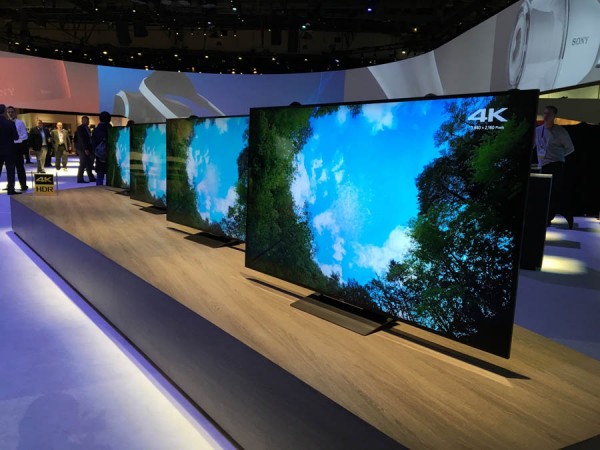




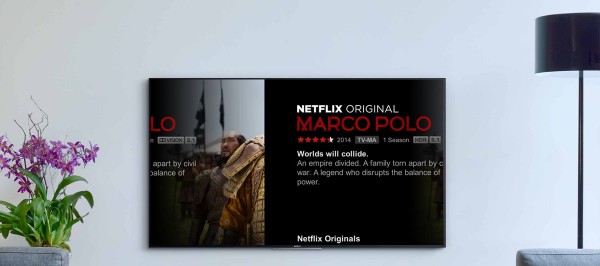
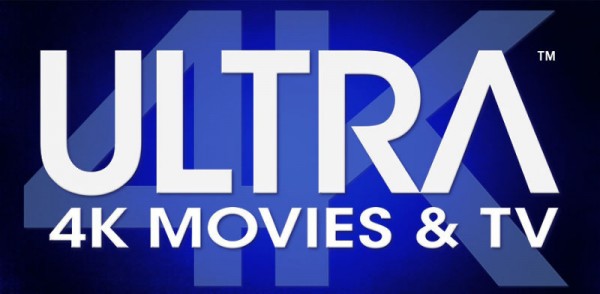

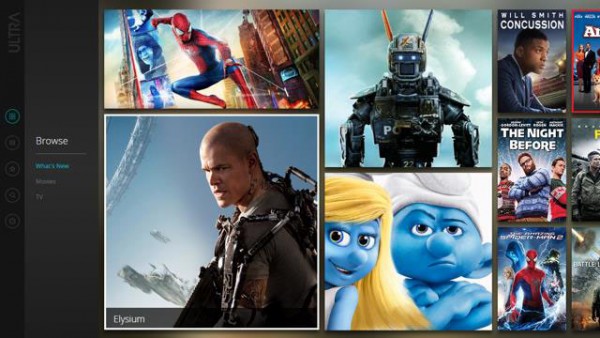

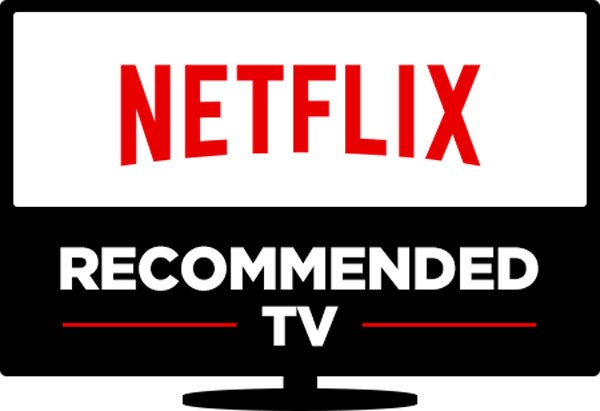
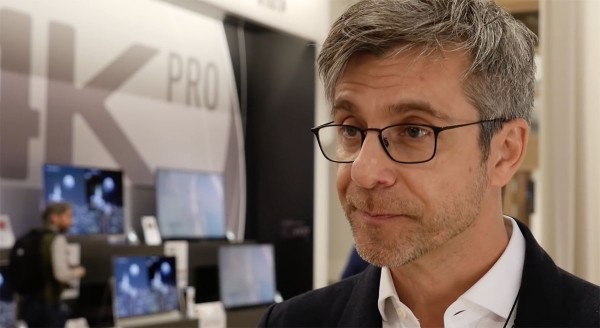
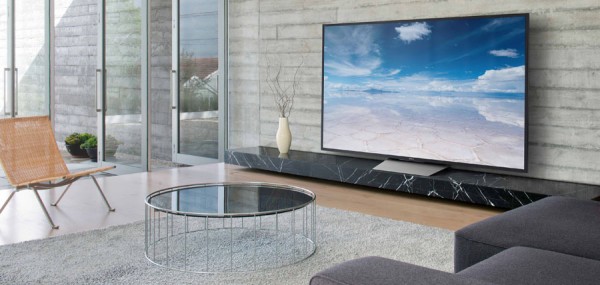
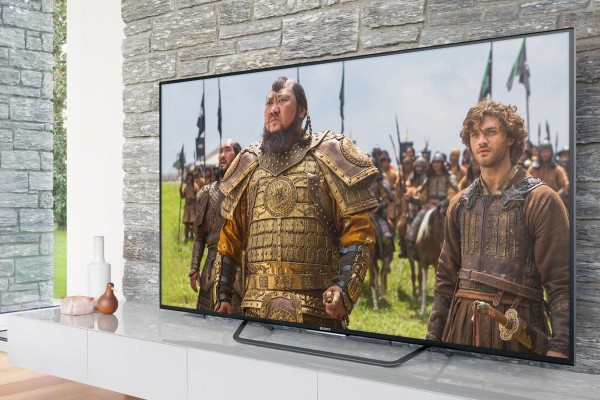
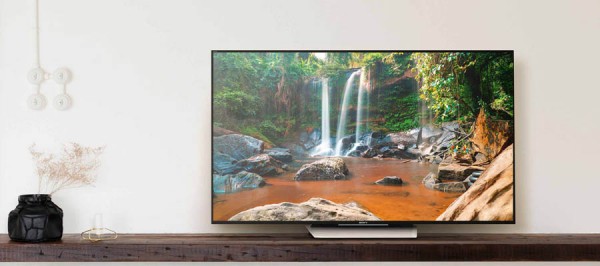
You must be logged in to post a comment.